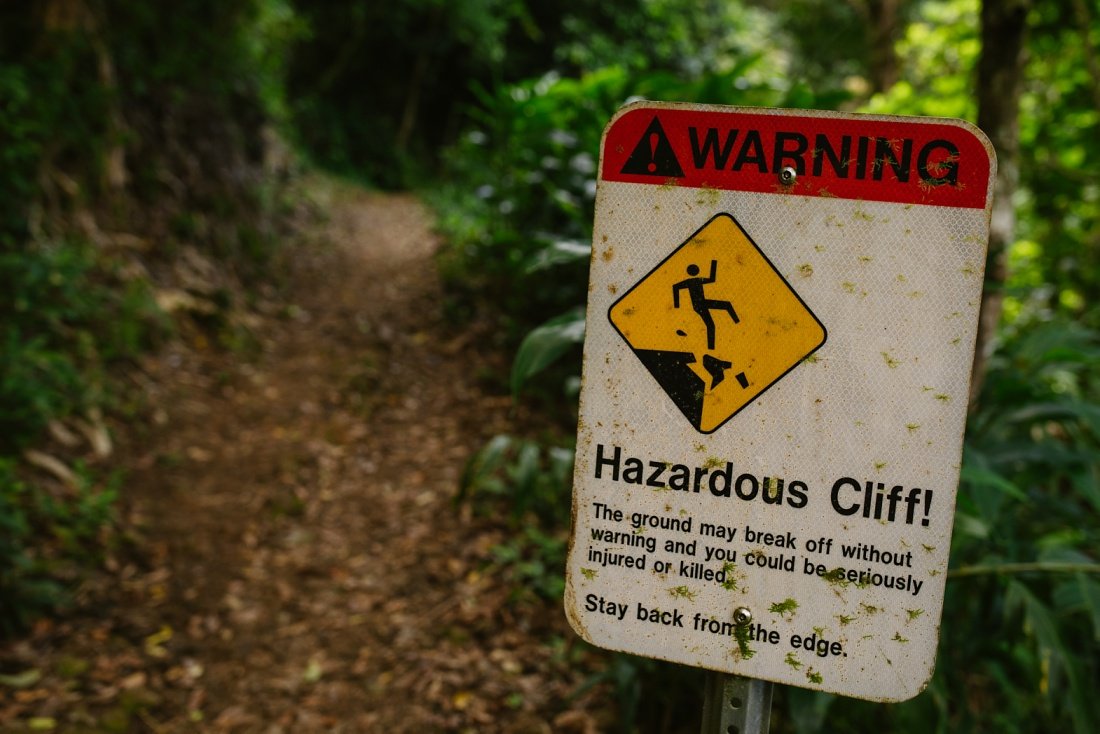I always feel a bit nostalgic at the beginning of a new year. You can find me snug on the couch enveloped in a flood of memories as I flip through photo albums and watch family films. I treasure these memories. Not only does viewing the images bring me great joy, but it feels like a gift for the family. As the youngest of four, childhood photos of me are essentially non-existent. It’s a loss I feel more acutely over time. Partially because becoming a parent has left me curious about my childhood and partially because my memories seem to be evaporating with age. There is solace in the idea that I have images to anchor me in time.
I imagine that your own family photos are just as important to you. Yet their digital existence is unnervingly precarious. Each year, I have clients reach out in tears after computer crashes asking if I still have their family photos. So many things can go wrong – hard drive failure, virus infection, stolen computer, lost thumb drives – leading to devastation in a matter of moments.
As you start a new year full of potential for adventure and play, how will you protect your family photos?
3 Easy Ways to Protect Your Family Photos

1. Backup Your Images to an External Hard Drive
Keep in mind that all drives will fail at some point. It’s just a matter of when. Some drives fail after a few months while others work for a decade or more. There is no way of knowing. For added protection, back up your main hard drive (your desktop or laptop) to an external hard drive. It’s fast, fairly cheap, easily accessible, and (relatively) safe from hackers since you control the data.
However, external drives are not very reliable. Hard drive failure rates are as high as 27% during the warranty period, which means they’re usually good for a few years. If you want to keep photos in perpetuity, plan to replace your drive periodically.
A word of caution.
Using an external backup is a great step in protecting yourself, but it has limitations. If your external hard drive is always plugged into your computer, then your data is vulnerable both to human error (accidental file deletion) and to malicious software. If your computer is infected by malware such as ransomware, it will usually encrypt files on external hard drives as well.
Additionally, if you keep your external drive in the same location as your computer, your files are vulnerable to theft and natural disaster.
To further protect yourself, only plug in your device for scheduled backups and store your drive at a secondary location (or using cloud storage).
2. Cloud Backup
Storing photos “in the cloud” – basically, on someone else’s collection of hard drives – solves the problems of using local hard drives and of transferring data to new physical media. With an internet connection, it’s easy to backup data across all your devices and keeps them safe from theft and natural disaster at an offsite location. You can find a list of the best cloud storage options for photos here.
But it is important to remember that data in the cloud is not entirely safe and not under your control. The biggest risks with cloud storage are being locked out of your account, being hacked by someone who deletes all your stuff, and your storage host shutting down. Also, be careful of services that don’t preserve your original photos exactly as you uploaded them. Some services offer cheap storage but will store them at reduced resolution.
3. Physical Prints
Personally, I back up my photos with multiple external hard drives and offsite storage. What I discovered, however, is that backing up data may not be enough. Every time data is written to or read from a storage medium, there’s a chance that corruption will occur or that the medium will fail. A simple swap of 0s to 1s can render an image unreadable. Unbeknownst to me, these corrupt images were being carefully synced across all devices, replacing healthy files.
To combat this data decay, I turn to the infinitely more enjoyable option of physical prints. Prints go on the walls, in little boxes, and in stacks upon stacks of albums. A nice bonus is that many album companies store your album in case you want to print it again.

Now is the perfect time to combine two or three of these options to protect your images. And of course, if you need to update your family photos, I’m happy to plan a memory-making morning. Find out more about my fun family photo sessions here.
And if you want to make some memories on your own, get inspiration by signing up for the Little Bird Post. I’ll pop into your inbox monthly with a new family-friendly activity in Hawaii.












